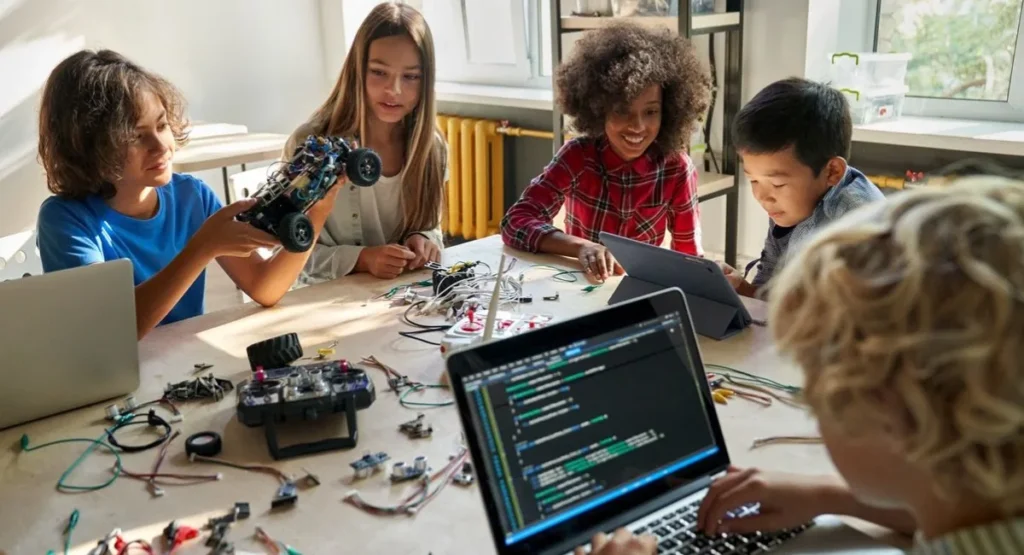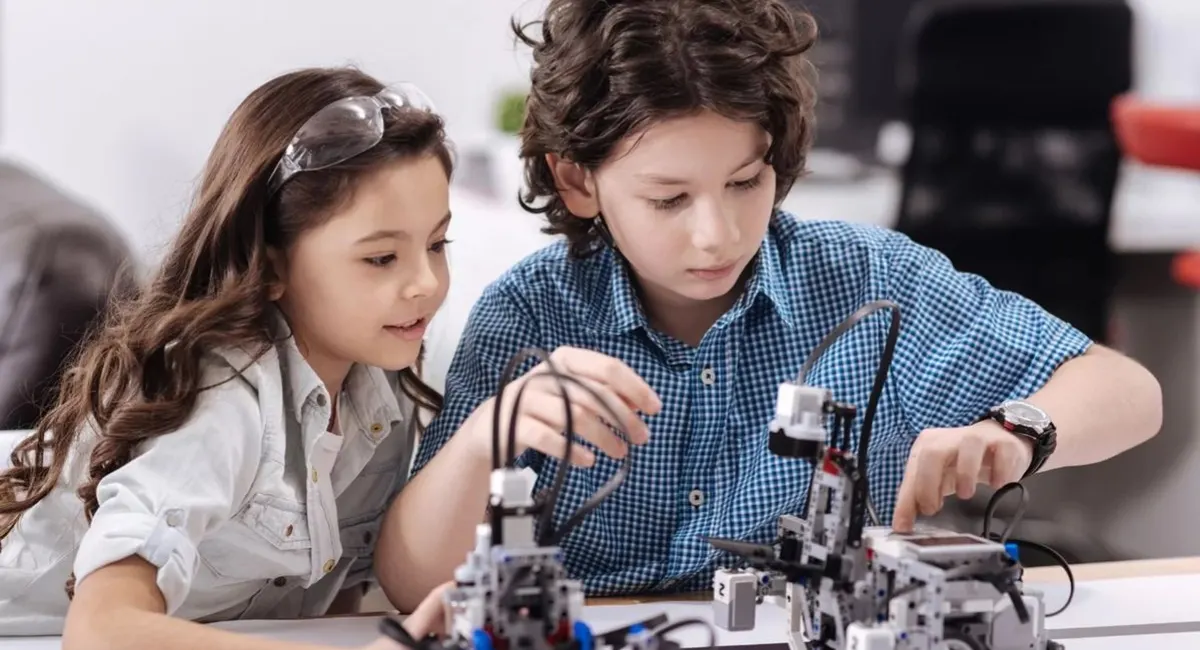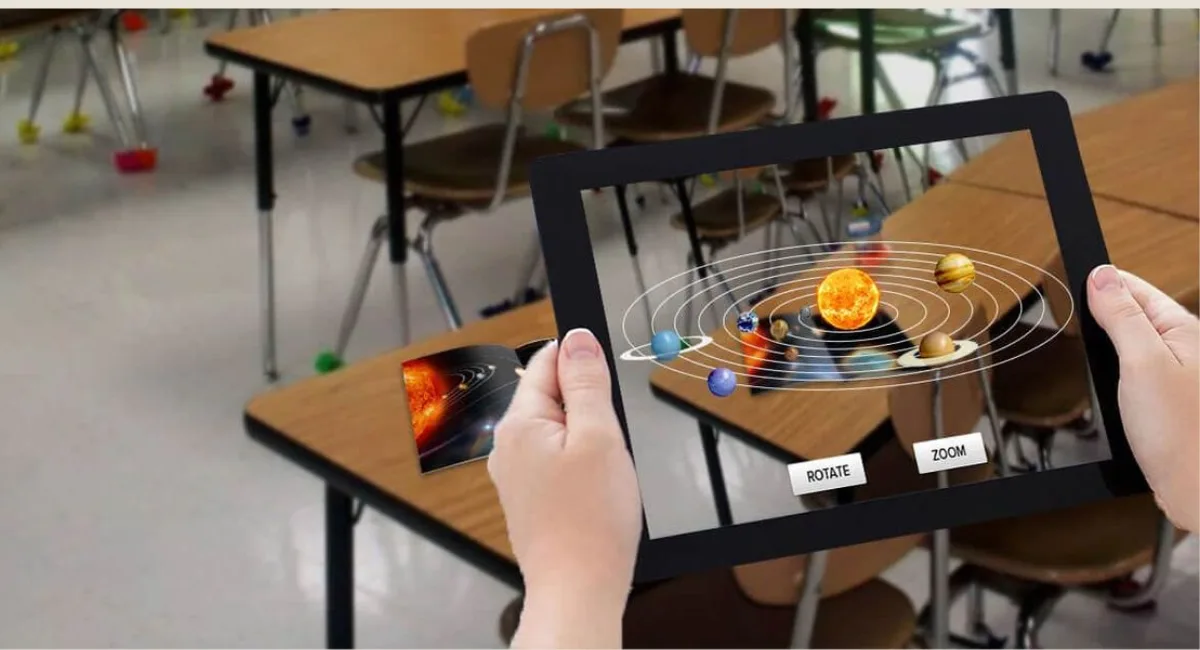Introduction to Educational Technology
Our mode of learning is being transformed rapidly. A classroom is no longer a place that uses the old tools of books and blackboards. In the present day, technology in education is the most important thing in education. It applies digital tools to make education more intelligent, quicker and interactive.
Online classes, interactive applications, and education technology make access and quality better. It links students and teachers in a different way. Learning can be more personal, and more interesting with the appropriate tools.
What is Educational Technology?
Educational technology refers to the use of digital platforms, tools, and software to support teaching and learning. It includes online learning systems, smart classrooms, mobile apps, and even artificial intelligence in education.
The aim is simple: to make learning effective and accessible for everyone.
Importance of Educational Technology
- Enhances Student Engagement
Digital tools keep students interested. Videos, quizzes, and simulations make lessons fun. - Supports Personalized Learning
Students learn at different speeds. Educational technology helps teachers adjust lessons for individual needs. - Increases Access to Education
Online platforms bring classrooms to remote areas. Anyone with internet can join. - Improves Collaboration
Group projects become easier with digital tools. Students can share ideas anytime, anywhere. - Prepares Students for the Future
The workplace is digital. Educational technology trains students to use modern tools.
Examples of Educational Technology

1. Learning Management Systems (LMS)
Platforms like Moodle, Blackboard, and Google Classroom allow teachers to create and manage courses online.
2. Virtual and Augmented Reality
VR and AR make subjects more immersive. Students can take virtual field trips or explore 3D models.
3. Gamification
Games and quizzes turn learning into an engaging experience. Apps like Kahoot! and Duolingo are popular examples.
4. Artificial Intelligence in Education
AI tools can grade assignments, suggest learning paths, and even provide instant feedback.
5. Online Collaboration Tools
Platforms like Zoom, Microsoft Teams, and Slack keep students connected.
Benefits of Educational Technology
- Flexibility – Students can learn anytime, anywhere.
- Cost-Effective – Reduces the need for physical resources.
- Instant Feedback – Students know their progress quickly.
- Inclusivity – Helps students with different learning needs.
- Global Reach – Connects classrooms worldwide.
Challenges in Educational Technology
- Digital Divide – Not all students have internet or devices.
- Training for Teachers – Teachers must learn how to use new tools.
- Over-Reliance on Technology – Balance with traditional methods is important.
- Privacy Concerns – Protecting student data is crucial.
- Cost of Implementation – Smart classrooms can be expensive.
Educational Technology vs. Traditional Learning
| Feature | Traditional Learning | Educational Technology |
| Tools | Books, Chalkboards | Apps, LMS, VR, AI |
| Pace | One-size-fits-all | Personalized |
| Access | Physical classroom | Global, online |
| Feedback | Delayed | Instant |
| Cost | High (books, travel) | Lower with digital tools |
Read More:Different Types of Tech Jobs You Can Explore in 2025
Future of Educational Technology
The future looks bright. Education will become more interconnected with AI, AR and 5G. The students are able to use virtual reality to attend classes. AI will help teachers to generate smart lesson plans. Education as a lifetime process will be a reality.
Inclusive education technology will also be an aspect of learning technology. Students with disabilities will have more tools to rely on. International cooperation will increase.
Conclusion
Education technology is changing the way we learn. It makes the process of learning interactive, involving and accessible to everyone. The disadvantages exist, but the advantages are strong.
With the increase in technology, classes will keep on changing. Students will be more digital-ready. Education is not a matter of wall and chalkboard anymore. The future of learning has no limits with the proper tools.




